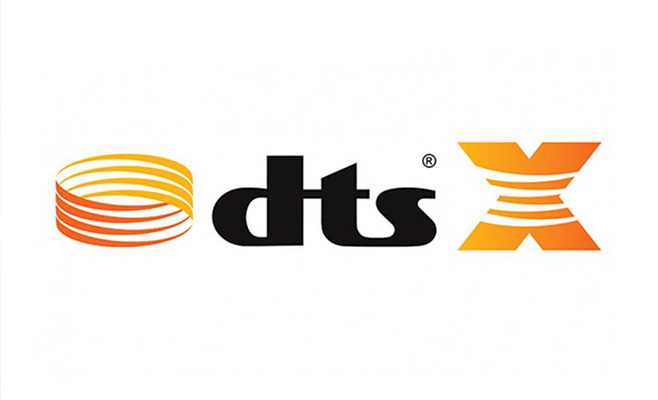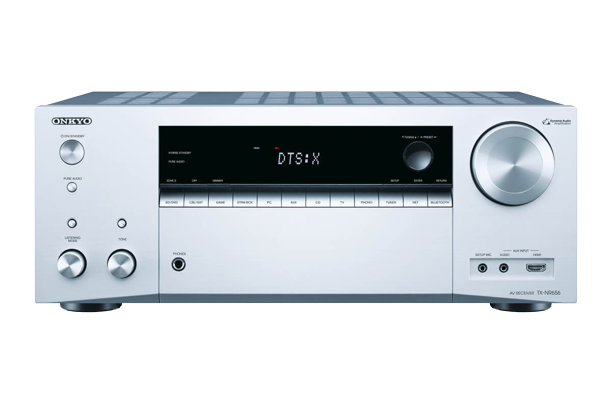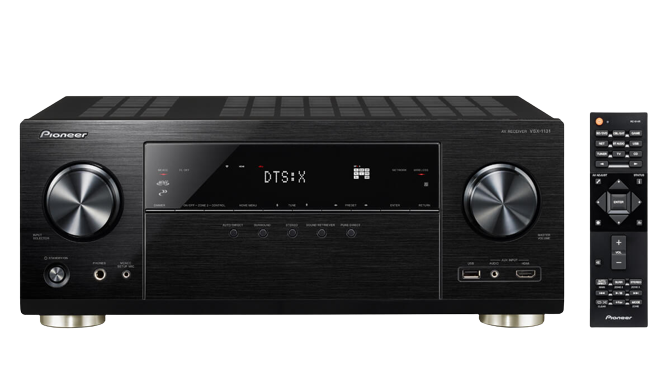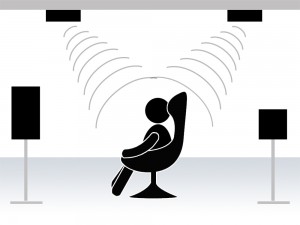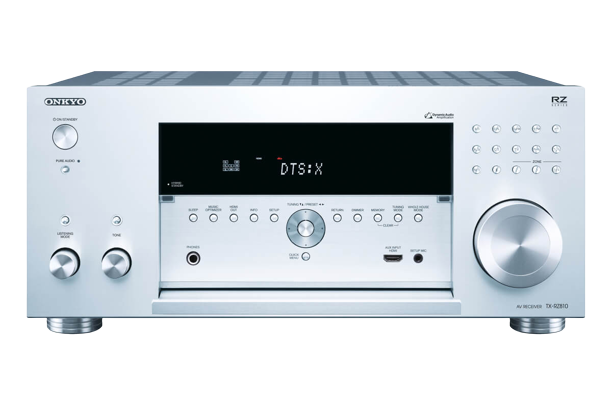News about immersive 3D surround sound! The new DTS:X process is the third object-orientated audio format alongside Dolby Atmos and Auro 3D. In our blog, we have already introduced you to the Dolby Atmos and Auro 3D process, as well as suitable speakers. Now we would like to introduce you to DTS:X technology, as the manufacturer DTS has announced free firmware updates for selected AV receivers from Onkyo and Pioneer. The updates have already been released for AV receivers from Yamaha, Denon and Marantz
History DTS
DTS stands for Digital Theatre Systems, was founded in 1990 and should be familiar to many film fans by now. In the days of laserdisc and DVD, the process was considered the more audiophile solution as the data rates were higher. However, not all DVDs had an extra DTS track; Dolby Digital dominated. It was only with the advent of the Blu-ray disc that it was possible to accommodate the manufacturers' new high-bit sound processes (Dolby Digital TrueHD and DTS Master Audio). DTS took its time with regard to a new 3D sound process - the update was already announced for last autumn.
Similarities and differences to Dolby Atmos and Auro 3D
Similar to Dolby Atmos, DTS:X technology is object-orientated and does not work with a dedicated channel scheme. As with its competitors Dolby Atmos and Auro 3D, DTS:X is backwards compatible as it is based on a soundtrack. In this case, it is DTS-HD. In practice, DTS:X encoded Blu-rays can therefore be played on conventional AV receivers.
Dolby Atmos introduces so-called audio objects that can be freely arranged in the "room" by the sound designer of the Blu-ray film. There is also a fixed 7.1 channel grid. The Dolby Atmos decoder in the AV receiver then distributes the signals to the height speakers (and other speakers) depending on the existing setup.
This is where the DTS:X process differs, as it completely dispenses with a fixed channel layout (7.1 channel grid). According to the manufacturer, the surround sound comes across exactly as intended by the sound engineers when mixing the film soundtrack in the studio.
DTS:X decoder
As the process is also used in cinemas, the number of output channels differs from the home cinema version. In the home cinema sector, the limit is 11.2 channels - distributed across up to 32 speaker positions. This depends on the AV receiver used.
This results in a maximum 3D surround speaker configuration with a 7.1.4 split, regardless of whether ceiling speakers or Dolby Enabled speakers are used.
Overall, you have a great deal of independence when installing the speakers for the height range: both with Dolby Enabled speakers, explicit height speakers or in-ceiling speakers.
Speech too quiet? - Dialogue Control
Do you know the problem? In Blu-ray films with lots of sound effects, the speech is often too quiet. You can remedy this by setting the centre channel a little louder. However, this raises all the other sounds on the channel and the whole surround setup appears unbalanced. This is problematic because all speakers were previously calibrated using a room optimisation program.
A better solution: DTS:X. The dialogue track is mixed as a discrete sound object so that the volume can be adjusted independently. A clear improvement on the conventional 5.1 set-up. Although speech intelligibility was improved somewhat by boosting the entire centre channel, the homogeneous sound image was destroyed. In addition, boosting the entire centre channel also boosted all the sound effects running through it. With the DTS:X dialogue control function and the discrete boosting of speech, DTS:X could avoid this. We are excited to see what the first DTS:X test will reveal.
DTS:X - Neural:X - Upmixer
As with the other methods, DTS offers its own upmixer with Neural:X. It is used to process conventional audio tracks so that they sound three-dimensional. Conventional material here means audio tracks mixed in stereo or surround. It does not matter whether it is a DTS bitstream or uncompressed PCM (pulse code modulation) format.
The question of speakers
For owners of a conventional surround setup or those who want to provide a home cinema with all listening levels, the question arises: Which speakers are compatible and which ones do I need in addition to my existing setup? Perhaps, as the owner of an existing Dolby Atmos home cinema, you simply want to replace the AV receiver with a DTS:X-capable adapter? DTS uses a special engine for mapping and will therefore support all speakers regardless of their listening position. This means that existing 3D setups can continue to be used - be it an Auro 3D or Dolby Atmos setup.
Downward compatibility
When a new sound format is introduced, another important question arises: how compatible is it with the existing devices and on which medium is it encoded / is it "stored"? The following applies to a DTS:X soundtrack on a Blu-ray disc: As with Dolby Atmos, DTS:X is fully backwards compatible and is packaged "within" the DTS track. An encoder that is not DTS:X compatible accesses the DTS core and then plays DTS-HD Master Audio, for example. Most Blu-ray players that have been brought up to date with a DTS X firmware update should be compatible with DTS:X encoded material.
Conclusion
With the free DTS:X firmware update, audio specialist DTS is the third in the group to offer an object-orientated audio format. With DTS:X Dialogue Control and DTS:X - Neural:X, two useful tools are now on board. We are looking forward to the first tests!


